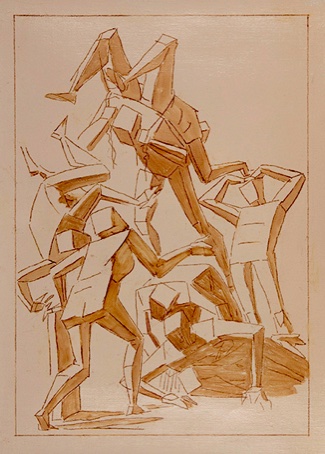This page covers most of the drawing materials discussed in the course.
Paper
Strathmore 400 is a reasonably priced all-around drawing paper that comes in pads in a range of sizes in both a regular and smooth surface. Cut to size, it will also work in most home printers. It's the paper I used for the first paintings in Lecture 1 and for the drawing in Lecture 14 using the proportional dividers. I use this paper routinely in my studio.
Pencils
The Mitsubishi Hi-Uni pencil set boasts great quality and has the greatest range of any set I know. It contains 22 pencils from a 10B on the soft end to a 10H on the hard end. These are the pencils I used in both How to Draw and in The Complete Painter. They're also what I routinely use in my studio.
Charcoal
Both medium or hard vine charcoal can be sharpened to a point and used to layout a drawing for a painting.
Erasers
A range of erasers will make your life easier. At minimum I'd get a Pink Pearl, a kneaded eraser, and a pencil-type eraser.
Chamois
A chamois can also be used, like an eraser, to remove vine charcoal.
Fixative
Fixative, properly applied, will keep your graphite (pencil) and charcoal from mixing with your paint. Workable fixative is used when you intend to work on a drawing after spraying.
Drawing Boards
There are a range of drawing boards available in a range of styles and sizes. Some are simple wood surfaces. Others have clips that can secure paper or unstretched canvas. You could also make your own drawing board. Just get a piece of plywood or hardboard at a lumber yard at cut it to whatever size you'd like. One of the drawing boards I used in How to Draw was a parallel drawing board. These are generally used for more technical drawing projects using linear perspective drawing.
David Brody, 2019, after Luca Cambiaso, 16th century
From The Complete Painter: Lessons from the Masters, Lecture 12
The Complete Painter: Lessons from the Masters
Basic Drawing Materials
